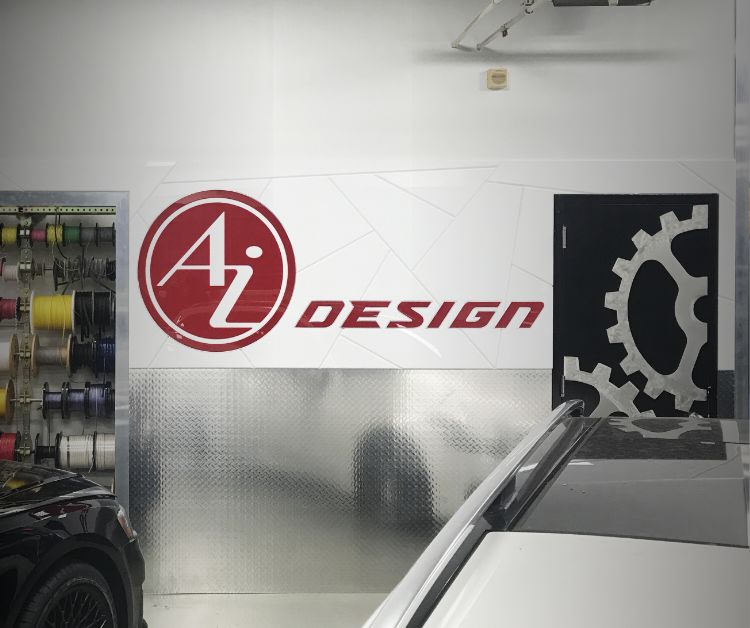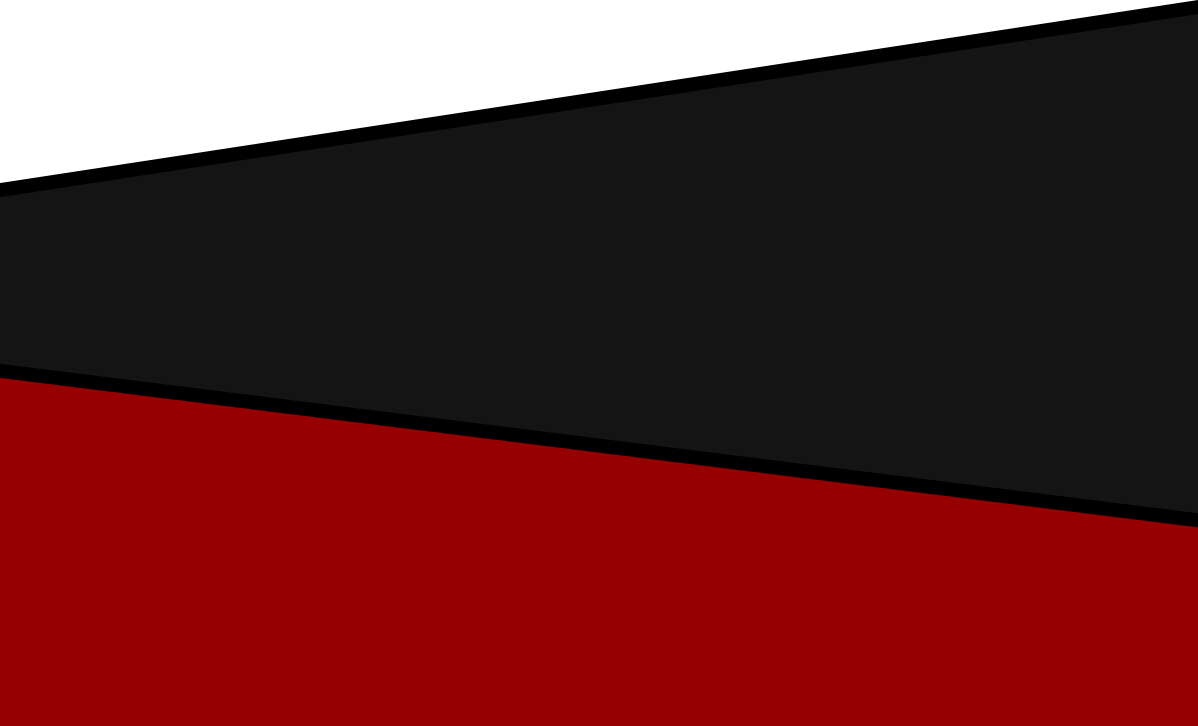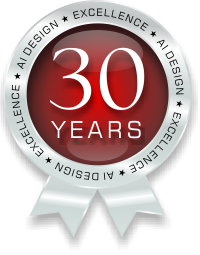Ai Design Blog
Creating an RS4 Safari
The B5 RS 4 Avant is one of those rare vehicles that is coveted by folks far beyond the brand loyalists. For most enthusiasts, the car is absolutely perfect as created by the factory and it would be sacrilege to consider altering it. But for others, a stock vehicle is merely a blank canvas, requiring the owner’s personal touch and stylistic influence.
We had a client (we’ll call him MK) looking for an RS 4 Avant. Deciding it was easier, faster and ultimately cheaper to purchase a federalized one already in the US vs bringing one over from Europe, our in-house Euro spec car nerd Ryan snagged this one off Bring-A-Trailer. The previous owner had done extensive work to the car, going the full stanced route.

above: The slammed Audi as it arrived to us.
While MK liked the look of the car, pockmarked New England roads were the absolute worst habitat for a car with so little ground clearance and stretched 30 series tires. Living with the uncomfortable ride and touchy brakes was one thing, but after bending all four wheels and scraping the oil cooler, he had had enough. It was time to fix the car. Instead of going back to stock, Matt and Ryan suggested to MK that we go in the complete opposite direction. If slammed is bad, lifted is good, right?
Our team set to work redesigning the wagon to better suit the owner’s needs. One of the first challenges was to raise the car while retaining the excellent handling engineered into the original vehicle. The solution started with an aftermarket suspension system containing shocks with elongated bottom tubes. The firmer valving and revised spring rates deliver proper dampening and road feel while eliminating excess body roll that might have come as a result of the increased ride height. Adjustable upper control arms were added so the toe and camber could be set to factory RS 4 specifications.

The previous owner had installed R8 carbon ceramic rotors, yet retained the stock master cylinder, so braking was suboptimal. The massive rotors also restricted going to back to a smaller wheel diameter. We replaced the R8 binders with cross-drilled Brembos that could accept 17” wheels.
Since the car would see daily four-season use, we powder-coated two sets of OZ wheels and fitted one with Falken WildPeak all-terrain tires while the other received UHP rated Vredestein Wintrac Pros winter tires. Both sets are 225/55-17, giving a bit more sidewall than the stock 225/40 size.
A safari style vehicle needs the proper exterior finish. After looking at a number of vinyl samples, MK chose NATO matte green and then we wrapped the complete exterior. An Audi factory/aka Thule roof box was sourced and vinyl wrapped to match the car’s new look. We also used low profile crossbars to drop the box down as much as possible to retain a sleek profile. Gloss black on the wheels is reflected in detail throughout the exterior and the badges were modified with the new color treatment.

We next turned to the electronics. The RS 4 received a full Ai audio system with a Pioneer touchscreen head unit and higher quality speakers in the factory positions. For the subwoofer, we built a custom enclosure filling the spare tire well that contains 2-8” JL subwoofers and 2 JL Audio amps. The upgrades also installed a FLIR PathFindIR ll thermal night vision system which displays on the head unit with the flip of a switch.

VisonX lights were used exclusively on the exterior. We designed and 3D printed a new mesh center panel inset for the rear bumper that holds two small yellow tinted LED reverse lights while an LED bar light was mounted below the bumper. The most visible exterior add-on which gives the car serious safari cred are the four 6.7 inch round LEDs producing a whopping 34,240 lumens. The lights were tinted yellow and mounted to a one-off lightbar we designed in-house. The lightbar itself was a massive undertaking, designed and fabricated specifically for this vehicle. The creation of the bar started with CAD renderings, which were then 3D printed in plastic as mockups. The design was painstakingly tweaked and refined until it was perfect.

Matt wanted the final bar cut from a single slab of billet aluminum. Rennscot Manufacturing was chosen to take Ai’s CAD files and mill the bar on their largest 5-axis CNC machine. Due to the sheer size of the raw material needed, the bar fabrication took nearly a week. The original aluminum block weighed 350 pounds while the final cut bar comes in at only 14 pounds, so the amount of material that had to be cut away was ridiculous. The CNC’d bar was then vapor honed and anodized black.


A powder coated skidplate was fabricated to protect the tender bits up front. Under the rear bumper, the exhaust outlet was 3D scanned, and then a shroud was created in CAD and 3D printed in metal. The shroud and the cat-back exhaust were then Jet-Hot coated to resist heat. In the rear compartment, a custom fit removable dog bed was crafted to match the interior.
Lastly, to shake off water and dirt, we applied ceramic coating to the complete vehicle exterior.
When MK is not out hooning the RS 4 on the fire roads of New England, it will be in good company, parked next to his 1994 RS2. The little Porsche-infused wagon is seriously bonkers on its own, pumping out a ridiculous 800 horsepower. But that’s a story for another day. If you want to see this hotrod family hauler in action, check out Matt Farah’s excellent video review for Hagerty.





